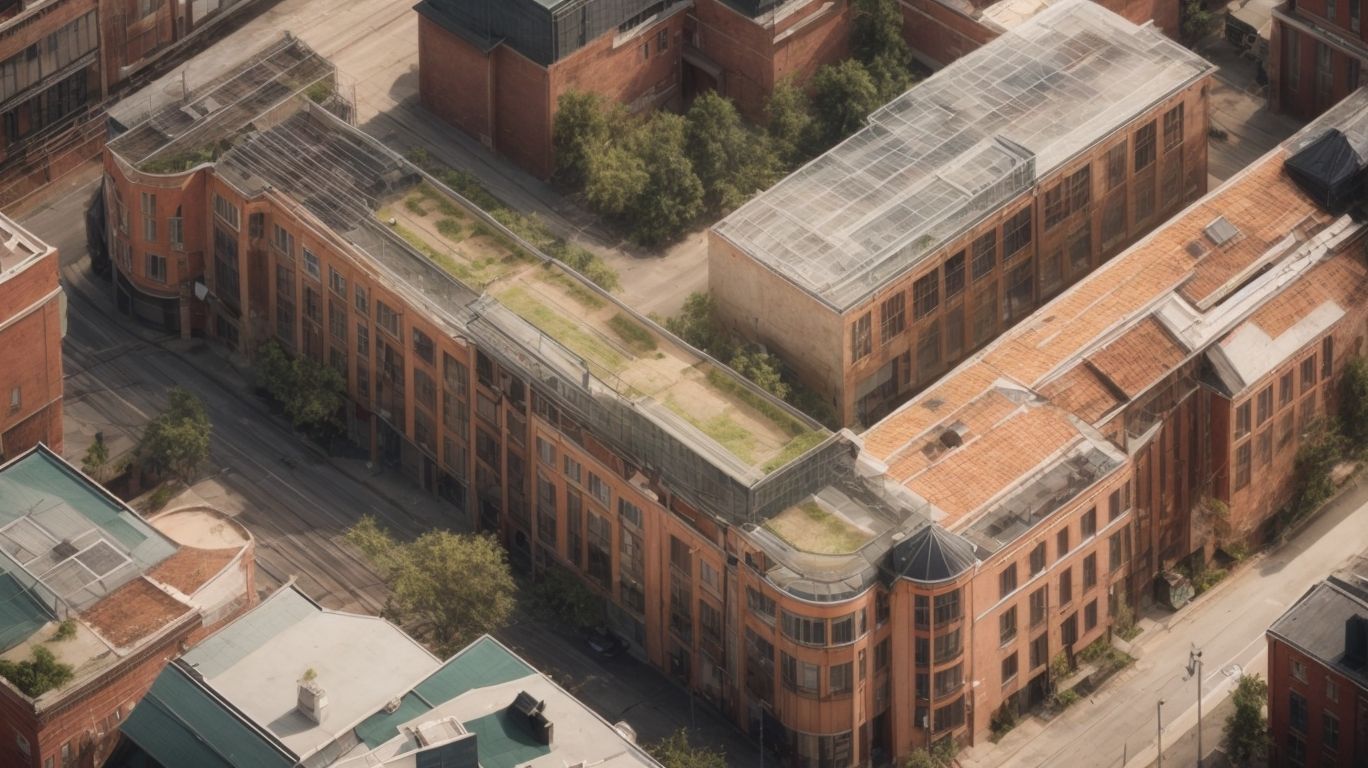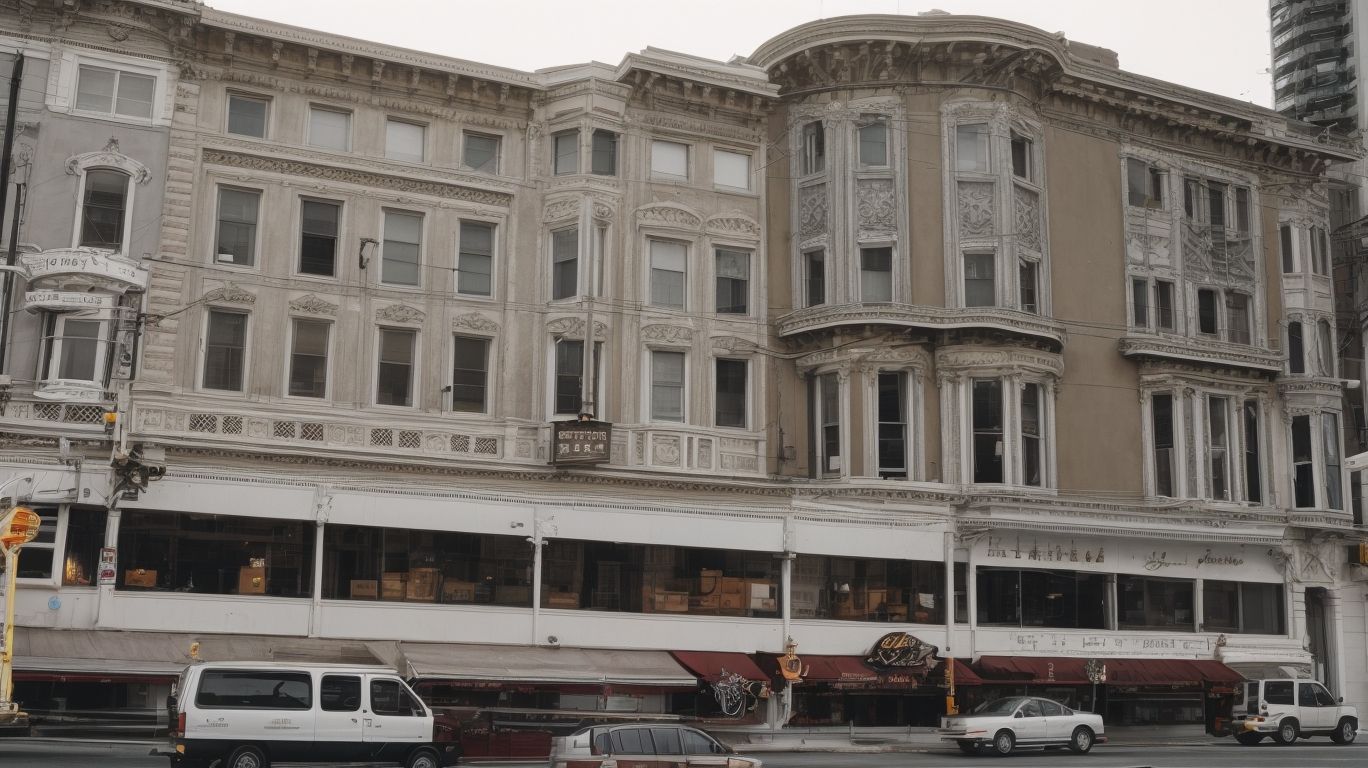
Different Approaches to Soft-Story Retrofit Solutions
Soft-story retrofit is a crucial process for strengthening buildings with weak ground floors, making them more resilient to seismic activity. This article will explore the various approaches to soft-story retrofit solutions, such as bracing, moment frames, shear walls, and foundation strengthening.
We will also discuss the factors to consider when choosing a retrofit solution, the implementation process, and the benefits of retrofitting. Whether you’re a building owner, investor, or simply interested in structural safety, this article will provide valuable insights into the importance of soft-story retrofit.
What is Soft-Story Retrofit?
Soft-story retrofit involves implementing structural modifications to strengthen the lower story of a building, typically characterized by open spaces such as parking areas, to enhance its resistance to seismic forces.
This type of retrofitting is essential in areas prone to earthquakes as it can significantly reduce the risk of damage and collapse during seismic events. The purpose of a soft-story retrofit is to improve the overall structural integrity and stability of the building by addressing the vulnerabilities in its design, particularly in the open, weak lower story.
Key aspects of retrofit design and implementation include assessing the existing structural weaknesses, engineering suitable solutions, and adhering to local building codes and regulations to ensure the retrofit effectively enhances the building’s seismic resilience.
Why is Soft-Story Retrofit Important?
Soft-story retrofit is crucial for ensuring the safety and stability of buildings, especially in regions prone to seismic hazards. It mitigates the risk of structural failure during earthquakes and enhances the overall resilience of the built environment.
Soft-story retrofitting is a crucial step in strengthening buildings and preventing disproportionate collapse. This involves adding or reinforcing structural elements to existing buildings, making them more resilient against seismic forces.
Aside from protecting occupants and property, soft-story retrofitting also promotes the sustainability of urban areas and minimizes the risk of widespread devastation during earthquakes.
What are the Different Approaches to Soft-Story Retrofit Solutions?
Various approaches are available for soft-story retrofit solutions, each offering distinct methods for seismic strengthening and retrofit measures, including bracing, moment frames, shear walls, and foundation strengthening.
These approaches play a crucial role in enhancing the structural integrity of soft-story buildings to withstand seismic events. Bracing systems effectively distribute lateral forces, while moment frames provide flexibility and resilience.
Shear walls act as strong vertical elements, dispersing energy and reducing sway. Foundation strengthening ensures the stability and load-bearing capacity of the building during seismic activity. Understanding the intricacies of these retrofit solutions is essential for engineers and building owners to implement effective seismic strengthening measures.
Bracing
Bracing is a seismic retrofit technique commonly employed in the construction industry to enhance the structural integrity of buildings. This requires thorough retrofit evaluation and engineering analysis to determine its suitability for specific structures.
Structural retrofitting involves the installation of steel or reinforced concrete elements to stabilize and strengthen existing structures. This is particularly important for soft-story buildings that are vulnerable to seismic events.
An engineering analysis is conducted to assess the building’s unique characteristics and determine the most effective bracing solutions. This allows structures to be upgraded to meet current seismic code requirements, ensuring the safety and stability of the building and its occupants during earthquakes or other seismic activities.
Moment Frames
Moment frames are utilized in soft-story retrofit solutions to meet building code requirements and ensure effective structural reinforcement. This involves meticulous retrofit implementation to enhance the building’s seismic performance.
Strategically installed within the building’s framework, these frames serve as crucial resistance against seismic forces, increasing overall structural stability. The process includes evaluating the building’s conditions, designing, and installing moment frames to address specific vulnerabilities in the soft-story structure.
The integration of moment frames aligns with the critical objective of reducing potential collapse and minimizing damage during seismic events, reflecting a proactive approach to seismic resilience.
Shear Walls
Shear walls play a pivotal role in addressing the seismic vulnerability of buildings, complying with building regulations and facilitating significant structural upgrades to improve the building’s resilience against seismic forces.
These walls serve as lateral load-resisting elements, effectively redirecting seismic forces, reducing the building’s susceptibility to damage.
By integrating shear walls in soft-story retrofit projects, engineers ensure compliance with stringent building codes, enhancing the overall building performance during seismic events. The installation of shear walls also minimizes torsional movement, providing a more stable and secure structure in the event of an earthquake.
The application of shear walls allows for the optimization of existing structural systems, resulting in increased resilience and safety for the building occupants.
Foundation Strengthening
Foundation strengthening is a critical aspect of soft-story retrofit strategies, requiring adherence to construction standards and meticulous planning throughout the retrofitting process to ensure the effective reinforcement of the building’s foundation.
This process involves a thorough understanding and assessment of the building’s structural vulnerabilities, especially in soft-story structures, to implement tailored strengthening measures.
It is essential to consider a range of factors such as soil conditions, seismic activity, and the existing foundation’s capacity to withstand increased loads. By integrating advanced engineering techniques and retrofit strategies, the building’s resilience can be significantly improved, ensuring enhanced safety for occupants and protection against potential structural failure during seismic events.
What are the Factors to Consider when Choosing a Soft-Story Retrofit Solution?
When selecting a soft-story retrofit solution, it’s important to carefully evaluate several factors. These include the building’s type and configuration, the prevailing seismic hazard, the specific retrofit design, and the expertise available within the construction industry.
This process requires a comprehensive understanding of the unique characteristics of the building. This includes its height, layout, and existing structural framework.
Furthermore, a thorough seismic hazard assessment is crucial in determining the level of risk and potential impact on the building.
Retrofit design specifications must align with structural requirements and building codes. This involves considering factors such as material selection, load distribution, and foundation reinforcement.
Collaboration with experienced professionals in the construction industry is essential in effectively executing the retrofit plan.
Building Type and Configuration
The unique characteristics of a building’s type and configuration play a crucial role in determining the most suitable seismic retrofitting options, directly influencing the building’s overall resilience and the feasibility of specific retrofit measures.
When it comes to retrofitting solutions, the layout and structural system of a building play a crucial role in their effectiveness. This means that different building types may require specific retrofit approaches based on their design principles, such as moment-resisting frames or shear walls.
Furthermore, the layout of a building, including the placement of load-bearing walls and the arrangement of structural elements, can significantly impact the implementation of retrofit measures. Therefore, it is vital for engineers and designers to take these factors into consideration during the retrofitting process.
Seismic Hazard
Conducting a comprehensive assessment of the prevailing seismic hazard is essential in informing the engineering analysis, guiding the retrofitting process, and determining the extent of seismic strengthening required for the soft-story retrofit solution.
This assessment involves evaluating the potential ground shaking, soil characteristics, and the proximity to active fault lines.
By understanding the specific seismic hazards faced by a building, engineers can tailor the retrofitting measures to address the vulnerabilities effectively.
Seismic hazard assessment plays a crucial role in determining the seismic strengthening needs, such as incorporating steel moment frames or shear walls to enhance the building’s resilience against potential earthquakes.
Budget and Time Constraints
Accounting for budget and time constraints is fundamental in the successful implementation of a soft-story retrofit, ensuring compliance with building regulations, construction standards, and the efficient execution of retrofit measures.
This encompasses thorough planning and resource allocation to meet the necessary structural upgrades within the given financial and temporal limitations.
Balancing cost-effective solutions with adherence to seismic retrofit requirements becomes pivotal, compelling project managers to strategize and prioritize the most impactful measures. Simultaneously, aligning with construction schedules and ensuring the seamless integration of retrofit activities into ongoing building operations becomes essential to minimize disruptions and optimize the overall retrofit process.
How is Soft-Story Retrofit Implemented?
The implementation of soft-story retrofit involves a comprehensive process encompassing preliminary evaluation, design and permitting, and meticulous construction and inspection, integrating engineering solutions, diverse construction methods, and thorough retrofit evaluation.
During preliminary evaluation, engineers assess the structural integrity and vulnerability of the building, identifying soft-story conditions.
Design and permitting involve creating retrofit plans that comply with local building codes and regulations. The construction phase includes the installation of structural reinforcements, such as shear walls and steel frames, while inspection ensures compliance with the retrofit design.
Throughout this process, stakeholders collaborate to ensure the safety and effectiveness of the retrofit, creating resilient structures for the community.
Preliminary Evaluation
Preliminary evaluation forms the foundation of the soft-story retrofit process, encompassing the assessment of retrofit measures, identification of necessary structural upgrades, and the formulation of strategies for seismic risk reduction.
Structural assessment is crucial in determining a building’s vulnerabilities and understanding its structural integrity during a seismic event. This evaluation allows engineers to pinpoint areas that need reinforcement and develop customized solutions for improving the building’s resilience.
Preliminary evaluation also aids in estimating the scope of work, budgeting, and selecting the most suitable retrofit techniques to ensure the structure meets safety standards.
Design and Permitting
The design and permitting phase of soft-story retrofit involves meticulous adherence to building code requirements, the development of retrofit designs, and the compilation of necessary documentation to meet construction standards and regulatory mandates.
This phase is critical in ensuring that the retrofit designs not only comply with the building code requirements but also effectively address the structural vulnerabilities of soft-story buildings.
It involves a comprehensive assessment of the existing structure, engineering analysis, and the creation of detailed retrofit plans that prioritize safety and stability.
The permitting process plays a crucial role in obtaining the necessary approvals and ensuring that the retrofit project aligns with the local construction standards and regulations, thereby contributing to the overall resilience and safety of the building.
Construction and Inspection
The construction and inspection stage of soft-story retrofit focuses on ensuring the retrofit effectiveness, compliance with building regulations, and the comprehensive evaluation of implemented retrofit measures for their structural impact.
This stage involves meticulous assessment of the structural enhancements, including the reinforcement of existing building elements, such as shear walls, and the installation of additional support mechanisms to mitigate the impact of seismic forces.
Rigorous quality control checks and inspections are conducted to verify adherence to building codes and standards, ensuring that the retrofit measures are implemented in accordance with regulatory requirements.
Comprehensive evaluations are carried out to assess the long-term effectiveness and sustainability of the retrofit measures in enhancing the overall structural resilience of the soft-story buildings.
What are the Benefits of Soft-Story Retrofit?
Soft-story retrofit offers a myriad of benefits, including increased safety, improved building performance, elevated property value, and compliance with building codes and construction standards. This approach emphasizes the impact of retrofit measures and regulatory compliance.
Implementing a soft-story retrofit can greatly reduce the risk of structural failure during earthquakes, protecting occupants and assets. These measures also enhance the building’s overall resilience, making it better equipped to withstand environmental stressors.
In addition, a retrofit can increase the property’s market value, attracting potential buyers or tenants seeking secure and structurally sound accommodations. Compliance with building codes and construction standards ensures the retrofit is carried out with the highest level of safety and quality, providing long-term peace of mind for property owners and occupants.
Increased Safety
One of the primary benefits of soft-story retrofit is the noticeable increase in building safety, addressing the inherent seismic vulnerability and enhancing the overall safety measures in the retrofitting process.
This improvement plays a crucial role in mitigating the risks associated with seismic events. It involves fortifying buildings against potential damage and collapse through structural enhancements and reinforcements. These measures significantly elevate the building’s resilience, ensuring it can withstand seismic forces.
By minimizing the structural weaknesses commonly found in soft-story buildings, this retrofitting approach substantially contributes to the overall safety and stability of the building. It protects occupants and minimizes potential loss during earthquakes.
Improved Building Performance
Soft-story retrofit significantly contributes to improved building performance, leveraging structural engineering expertise and retrofit effectiveness to enhance the building’s overall resilience and structural integrity.
Soft-story retrofit measures help mitigate potential damage caused by seismic events and other natural disasters by addressing vulnerable areas and structural weaknesses. This not only ensures the safety of occupants but also minimizes repair costs and safeguards the long-term functionality of the building.
The integration of advanced engineering technologies and retrofit solutions plays a pivotal role in enhancing the structural strength and durability, ultimately elevating the overall performance and resilience of the building.
Increased Property Value
Soft-story retrofit leads to a tangible increase in property value, reflecting the meticulous retrofit design, compliance with building regulations, and adherence to construction standards. This enhances the overall market value of the property.
This enhancement in property value is attributed to the improved structural integrity and safety measures achieved through the retrofit process.
By incorporating modern engineering techniques and materials, the retrofit design not only mitigates potential risks associated with seismic activities but also improves the overall appeal and functionality of the property.
Ensuring compliance with building regulations and construction standards instills confidence in potential buyers or tenants, positioning the property as a secure and reliable investment.
These factors collectively contribute to a significant boost in property value, making soft-story retrofit a prudent and rewarding asset enhancement strategy.
Compliance with Building Codes
Soft-story retrofit ensures compliance with building codes and regulations, necessitating thorough retrofit evaluation and the application of appropriate construction methods to meet the stringent structural and safety mandates set forth by regulatory authorities.
This ensures that buildings are structurally sound and resilient against potential seismic events, safeguarding the lives of occupants and protecting property.
Compliance with building codes is crucial as it establishes standards for structural integrity, occupancy safety, and environmental resilience.
Retrofit evaluation involves detailed assessment to identify vulnerabilities and determine the most effective retrofit solutions.
Applying suitable construction methods in retrofit projects is essential to ensure that the building adheres to the prescribed codes and regulations for enhanced safety and long-term structural stability.




No Comments